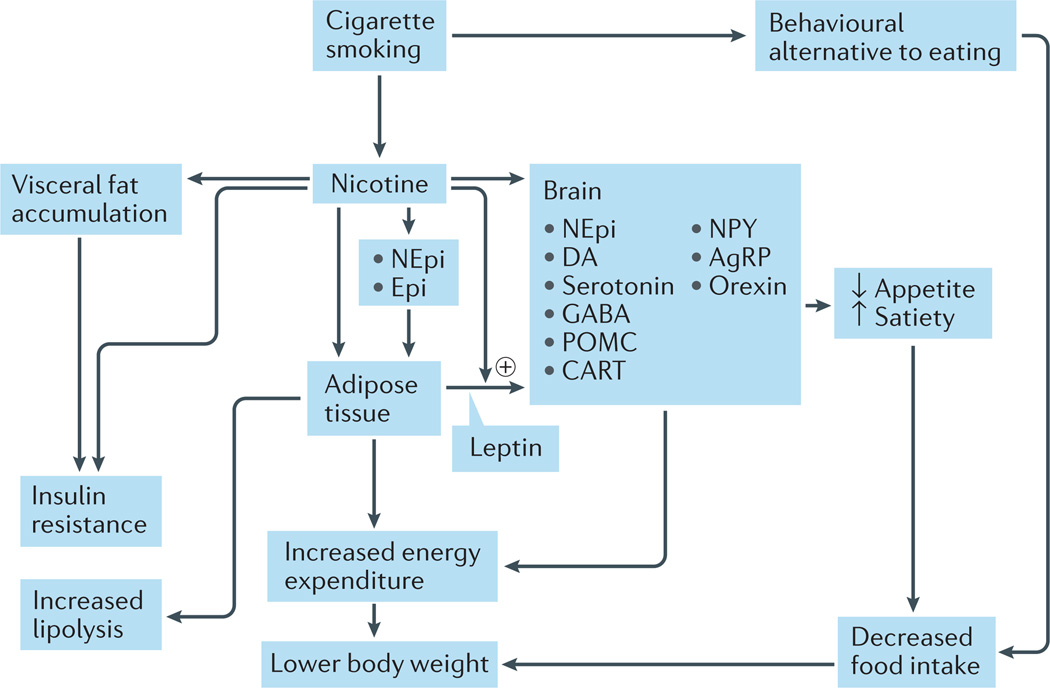Figure 1. Mechanisms by which cigarette smoking reduces body weight.
Smoking reduces body weight by increasing energy expenditure and inhibiting the expected compensatory increase in caloric intake. Nicotine increases energy expenditure both by direct effects on peripheral tissues (largely mediated by catecholamines) and by effects on neuroendocrine circuits in the central nervous system. The effects of nicotine on the brain also lead to suppression of appetite; smoking per se can serve as a behavioural alternative to eating. AgRP, agouti-related protein; CART, cocaine- and amphetamine-regulated transcript protein; DA, dopamine; Epi, adrenaline; GABA, γ-aminobutyric acid; NEpi, noradrenaline; NPY, neuropeptide Y; POMC, proopiomelanocortin. Modified with permission from Wiley © Audrain-McGovern, J. & Benowitz, N. L. Clin. Pharmacol. Ther. 90, 164–168 (2011).

